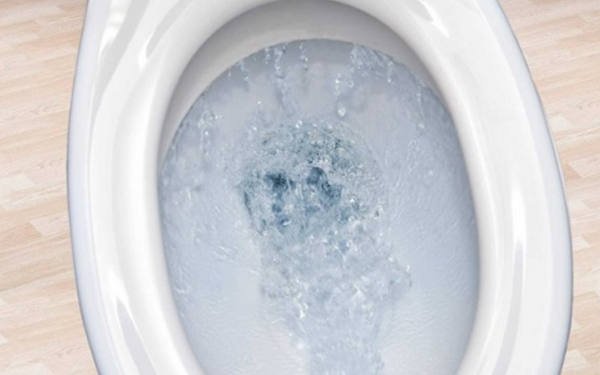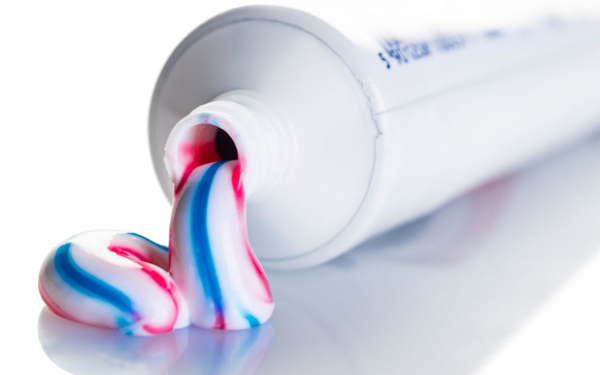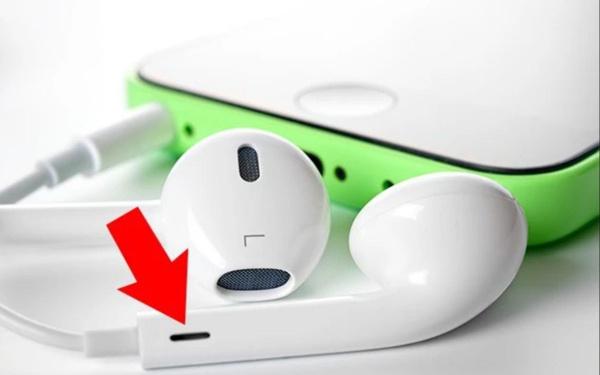Why Are Toilets Usually Pure White Despite Being Easily Stained?
Is it due to hygiene factors, or is it simply an economical manufacturing decision? Is there a special reason behind this color choice?
While not all toilets worldwide are white, this remains the most common color in modern bathrooms. If you've ever seen avocado green or salmon pink bathroom sets from the 1970s in the UK, you'll recognize a clear trend: white has completely dominated bathroom spaces for decades. From private homes and offices to public restrooms—excluding a few intimidating self-cleaning stainless steel toilets—most toilets come in a pristine white shade.
But why is that? Is it due to hygiene concerns, or is it just an economical manufacturing choice? Is there a deeper reason behind this color?
White and CleanlinessOne of the biggest reasons toilets are white is hygiene. A white surface makes it easy to spot dirt and stains, encouraging users to clean more thoroughly. This ensures that white toilets tend to look cleaner and are less likely to be overlooked when cleaning the bathroom.
Beyond hygiene, white also creates the illusion of a larger space. Since bathrooms are often small, a white toilet reflects light better, making the room appear more open and brighter. Additionally, white is easy to match with other bathroom fixtures like sinks and bathtubs without creating a cluttered look. However, while aesthetics play a role, they don't fully explain why white toilets dominate.
The key lies in the material used to make toilets. Most modern toilets are made from ceramic, specifically vitreous china or porcelain. During manufacturing, this material is molded and then fired at extremely high temperatures, naturally resulting in a white color. To enhance durability and stain resistance, a layer of glassy glaze is applied before a second round of firing, creating the glossy finish we commonly see.
Keeping toilets white during production not only makes them look clean but is also an economical choice. In mass production, maintaining the original white color is much cheaper than adding different pigments. This reduces manufacturing costs and optimizes production lines, making white toilets the global standard.
Why Aren’t Toilets Made of Plastic?Have you ever wondered why toilets aren’t made of plastic? In reality, plastic is far more porous than glazed ceramic, meaning it can absorb waste over time. This not only leads to unpleasant odors but also reduces the durability of the product. In contrast, glazed ceramic is entirely non-porous, ensuring a clean and easy-to-maintain surface.
Portable plastic toilets do exist, but their lifespan is much shorter—typically lasting only 10 to 30 years before needing replacement. This is why permanent toilets in homes are made from ceramic rather than plastic or other materials.
While white toilets are the global standard, there are rare exceptions. At Blenheim Palace in England, there was once a toilet made entirely of 18K gold, valued at approximately $6.2 million (~£4.8 million). However, this golden toilet was stolen in 2018. Although the thief was caught, the toilet was never recovered. Perhaps sticking with a ceramic toilet is the safer choice!
In summary, white toilets are popular for several reasons: they are easy to produce, easy to clean, and make spaces appear larger. However, if you still have an avocado green or pastel pink toilet from the 1960s or 70s, don’t worry. According to The Guardian, these nostalgic colors are making a comeback among younger generations.
No matter what color your toilet is, one important thing to remember: always close the lid before flushing (or maybe not?).















